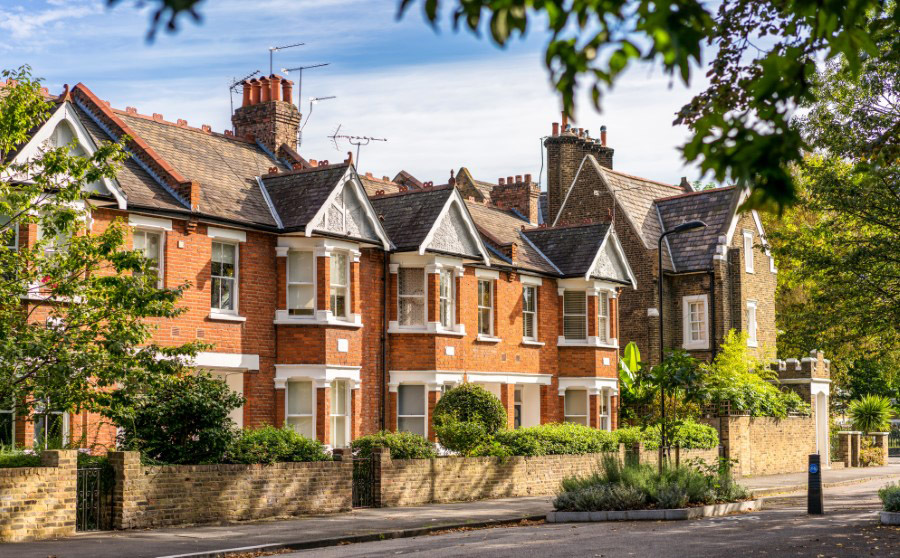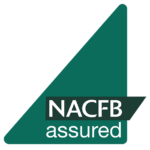Investing in Buy-to-Let Properties: A Comprehensive Guide to Success with HMOs
Investing in a buy-to-let property can be a rewarding venture, offering both steady rental income and potential property value appreciation. But for those looking to maximise returns, a House in Multiple Occupation (HMO) can be a smart choice. An HMO property, where multiple tenants share communal facilities but live independently, often generates higher rental yields compared to traditional single-occupancy rentals. In this comprehensive guide, we’ll walk you through the crucial steps to ensure a successful purchase and ongoing management of your buy-to-let HMO property.
What Is an HMO and Why It Matters
A House in Multiple Occupation (HMO) is a property rented out by at least three tenants who form more than one household. Unlike typical buy-to-let properties, HMOs have specific legal requirements to ensure the property is safe and habitable for multiple unrelated tenants. If you’re considering this path, it’s vital to understand the different types of HMOs and ensure you’re familiar with the licensing requirements set by your local council.
For landlords new to this area, HMO licensing and compliance with regulations—such as fire safety standards, room size requirements, and waste disposal rules—are mandatory. Failure to adhere to these can result in significant fines, so research is crucial.
Conducting Thorough Market Research
Before diving into the property market, it’s essential to conduct market research to identify areas with strong demand for HMO properties. Pay close attention to areas near universities, hospitals, or city centres, where demand from students, young professionals, and shift workers is often high. Understanding the target demographic will help you tailor your property to meet tenant needs.
Popular areas with robust HMO demand often have attractive features such as accessible public transport, a vibrant social scene, or proximity to major employment hubs. Research trends in local house prices, rental income, and the competition from other HMO landlords to ensure you choose the right location for success.
Location Is Key to a Successful HMO
Location is one of the most important factors when investing in an HMO. Properties in well-connected areas—close to public transport links, educational institutions, or local amenities—are more likely to attract a steady stream of tenants. Aim for areas that have a proven rental market and are poised for future growth.
Think long-term. Areas undergoing regeneration or those with planned infrastructure projects, such as new transport links, can see a sharp increase in property values and rental yields, maximizing your investment potential.
Understanding Financing Options for Buy-to-Let HMOs
Financing a buy-to-let HMO property is a different ball game compared to a standard residential mortgage. HMO mortgages are designed specifically for landlords who rent to multiple tenants, often offering higher loan amounts due to the property’s increased income potential. It’s important to work with mortgage brokers who understand the intricacies of buy-to-let financing and can help you secure the best deal.
When calculating potential rental income and return on investment, remember to factor in additional costs such as HMO license fees, property management charges, and a budget for regular maintenance. HMO properties typically require higher upfront investments due to legal and safety compliance, but they also have the potential to deliver strong rental yields.
Choosing the Right HMO Property
The property itself is key to success. Size, layout, and adaptability are important considerations when selecting an HMO. For example, a large property with several bedrooms and a spacious communal area will typically attract more tenants. Some properties may also have conversion potential, which could increase your overall rental income.
However, it’s essential to balance affordability with the rental potential of the property. A cheaper property may require more renovations to meet HMO standards, so consider whether the additional investment is worth the long-term gains.
Renovation Tips for HMO Success
Once you’ve secured the right property, renovations are often necessary to maximise your rental returns. Focus on upgrades that enhance tenant comfort while ensuring the property complies with HMO regulations. Key areas to prioritise include fire safety, with the installation of fire doors and smoke alarms, and creating adequate communal spaces, such as kitchens and living rooms, that meet legal standards.
Additionally, ensure that each bedroom meets the minimum room size requirements for an HMO. Well-designed, comfortable spaces are more attractive to tenants and can justify higher rents.
Meeting Legal and Safety Requirements
Owning an HMO comes with specific legal responsibilities. From ensuring the property is safe and habitable to adhering to fire safety regulations, your role as a landlord is to provide a secure living environment for tenants. Stay on top of the following:
- Fire alarms and extinguishers must be in place and checked regularly.
- Gas and electrical safety certificates are required.
- Proper facilities for waste disposal must be provided.
- You need to ensure that common areas are clean and well-maintained.
Failure to meet these obligations can result in fines and loss of your HMO license, so it’s important to stay compliant.
Effective Property Management: DIY vs. Professional Help
Effective property management is critical to the success of an HMO. If you have multiple properties or limited time, hiring a property management company may be the best option. These companies handle everything from tenant selection and rent collection to property maintenance and repairs, ensuring smooth operations.
If you choose to manage the property independently, keep communication channels open with tenants and respond to issues promptly to maintain good landlord-tenant relationships. Happy tenants are more likely to stay long-term, reducing void periods and improving your overall rental income.
Marketing Your HMO: Strategies for Success
To keep your HMO property fully occupied, effective marketing strategies are essential. Start by highlighting the unique features of your property, such as all-inclusive rent, high-speed Wi-Fi, and communal living spaces. Use online platforms like Rightmove, Zoopla, or SpareRoom to advertise your property, and tap into social media channels to reach a broader audience.
Crafting an enticing property listing with high-quality photos and detailed descriptions will also attract more attention. Ensure you’re emphasising what sets your HMO apart from others in the area.
Conclusion: Maximise Your Investment with the Right Strategy
Investing in a buy-to-let HMO property can be a lucrative venture with the right planning, research, and execution. By understanding your legal obligations, choosing the right property, and implementing effective management strategies, you can enjoy high rental yields and long-term financial success. If you’re looking for personalised mortgage advice or have any questions about financing your HMO property, our experienced team at Clever Mortgages is here to help.



